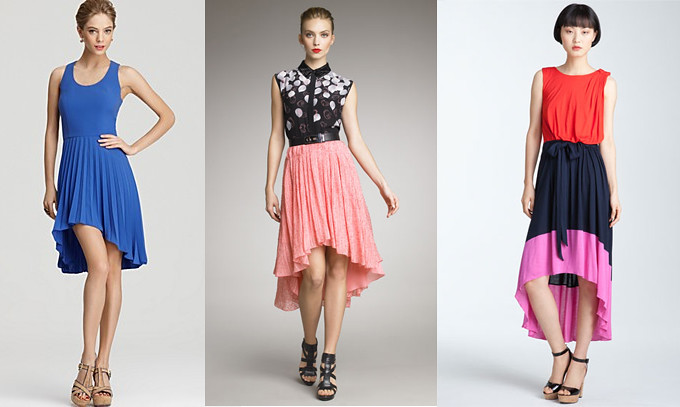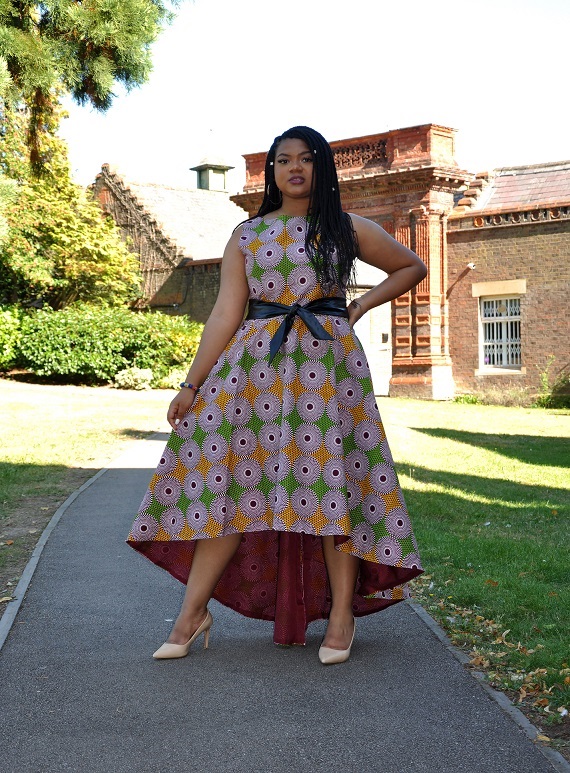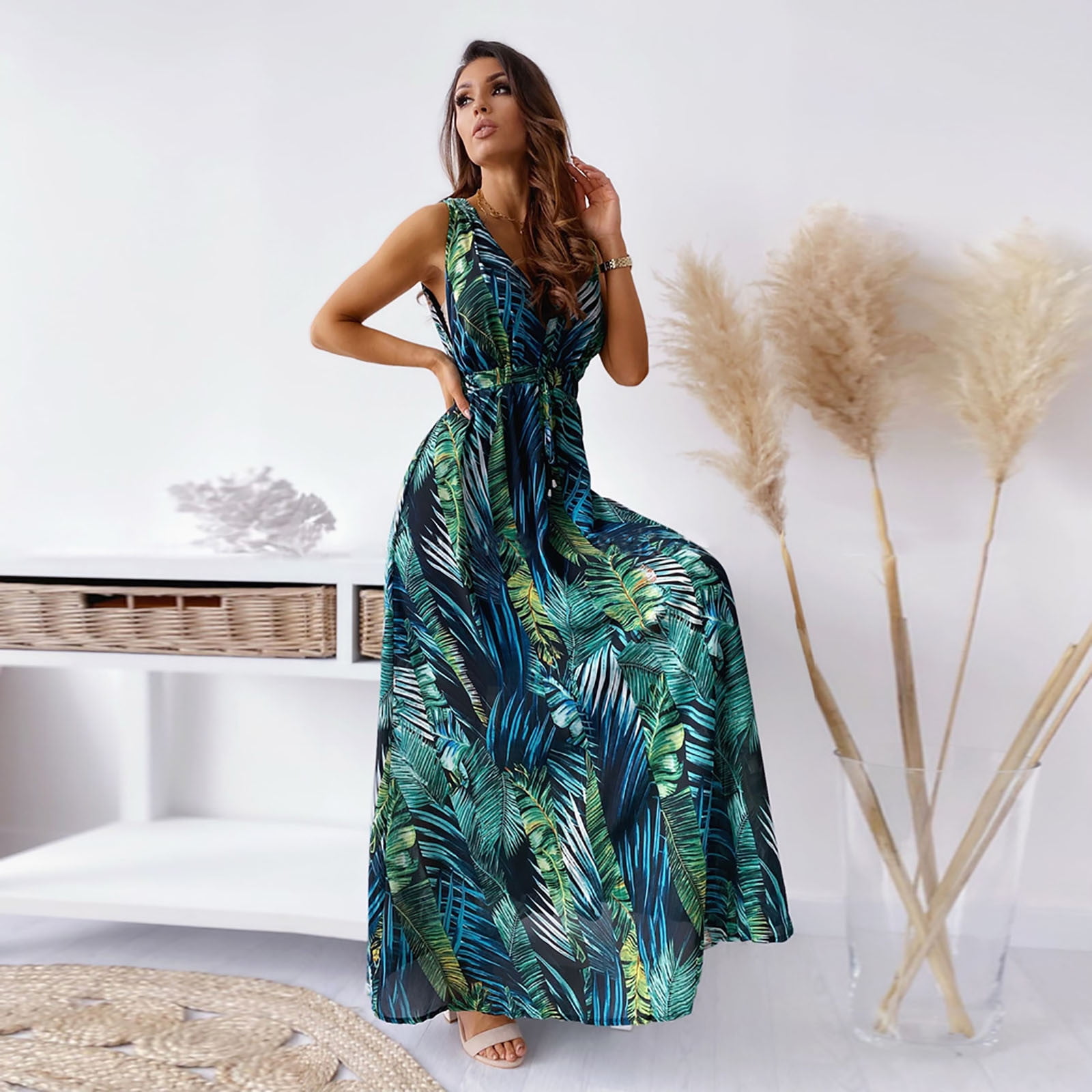### Materials Needed:
1. Basic dress pattern (bodice and skirt)
2. Pattern paper
3. Pencil
4. Ruler
5. Scissors
6. Measuring tape
### Steps to Create a High-Low Dress Pattern:
#### 1. **Choose Your Base Pattern**
- Select a basic dress pattern that fits well. This pattern should include a bodice and a skirt. If you're working from scratch, fit the bodice before adjusting the skirt.
#### 2. **Modify the Skirt Pattern**
- **Trace the Skirt**: Start by tracing your existing skirt pattern onto pattern paper. This will be the template you adjust for the high-low effect.
- **Decide the Lengths**: Determine how long you want the front (high) and the back (low) of the skirt to be. The front usually ends around the knee, and the back can go down to midi or maxi length, depending on your preference.
- **Mark the New Hemline**: Using your measurements, mark the shortest point of the hemline on the front of the skirt pattern. Gradually draw a curve or a straight line extending to the longest point at the back of the skirt. Use a ruler for a straight effect or free-hand for a more flowing curve.
- **Adjust the Curve**: Ensure the curve is gradual and flattering. You might need to experiment with a few lines before finding the perfect shape.
#### 3. **Add Seam Allowances**
- Once you are satisfied with the new hemline, add seam allowances around the edges (typically 1/2 inch or 1.3 cm).
#### 4. **Cut and Assemble the Mock-up (Optional)**
- Before cutting your actual fabric, you might want to create a mock-up with cheaper material to ensure the fit and length are to your liking.
- Sew the mock-up and make any necessary adjustments to the pattern.
#### 5. **Cut Your Fabric**
- Lay your adjusted pattern pieces on your fabric, following the grain line and using weights or pins to hold them in place.
- Cut out your fabric pieces with fabric scissors.
#### 6. **Sew the Dress**
- Construct the dress according to the instructions of your base pattern, adjusting for any design changes.
- Finish the hem considering the type of fabric (some might need a hem facing or bias binding, especially if the curve is steep).
#### 7. **Fitting**
- Try on the dress and make any final adjustments to ensure a perfect fit.
### Tips:
- **Fabric Choice**: Choose fabric that drapes well to accentuate the high-low effect—lightweight fabrics like chiffon, crepe, or silk are great options.
- **Finishing Touches**: Consider adding a lining for sheer fabrics, or perhaps a decorative belt to define the waist.
Creating a high-low dress pattern can be a fun way to modify a standard pattern and make it uniquely yours. Enjoy the process of designing and sewing your own creation!

1800 × 1500
Source:499KB

2000 × 1500
Source:524KB

751 × 570
Source:89KB

620 × 620
Source:103KB

800 × 537
Source:183KB

407 × 680
Source:65KB

773 × 570
Source:216KB

586 × 366
Source:25KB

2510 × 1573
Source:417KB

768 × 768
Source:103KB
